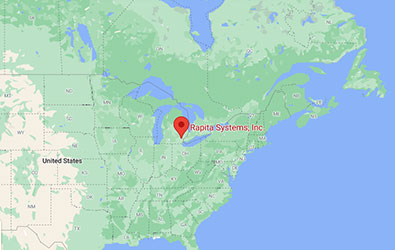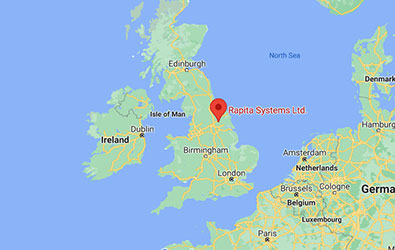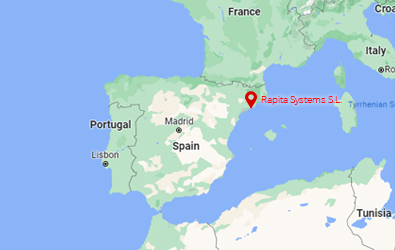We were pleased to welcome our friends from the SECT-AIR research project to York last week, where we hosted a technical workshop and the project's quarterly review.
Hosting the event at the Yorkshire Air Museum, we all had plenty of time to see the amazing aircraft on display. The venue went down very well, particularly as some members of the SECT-AIR consortium had either had a hand in developing, or had actually flown some of the aircraft!

Thanks to everyone who gave workshop sessions and presentations. We were delighted to be able to give two presentations, presenting some of the technologies we've been developing during the project, and other technologies relevant to our project partners.
Migration from legacy Ada testing tool and Jenkins plugin
Our first demo showcased our ability to migrate legacy software unit tests written in a legacy Ada testing tool to RapiTest. Our solution lets you use RapiTest to run existing legacy Ada testing tool tests and still benefit from using RapiTest features for writing new tests efficiently e.g. not needing to write a single line of code to test your software! This approach eliminates the common concern of losing old tests when you migrate to a more modern tool.
We've applied this migration successfully with a SECT-AIR partner; with good progress so far, this will massively reduce the cost and effort to bring their testing into to the modern era.
The work highlighted in this demo also gave us the opportunity to use the new RVS Jenkins plugin we developed during SECT-AIR. Using the plugin greatly increased our efficiency when developing the migration technology by letting us easily track how many legacy tests we correctly handled with each iteration.
Multicore timing analysis
For the second demo, we demonstrated our multicore WCET timing analysis solution, showing the impact of interference between different cores and how to deal with this in a DO-178C/CAST-32A critical system where you need to understand the worst-case execution time (WCET).
This solution supports the increasing adoption of multicore systems in DO-178C and ISO 26262 projects. While the solution was developed in our NATEP project ASC (Airborne Software Capacity), rather than SECT-AIR, the technology has received strong interest from some SECT-AIR partners, and demonstrating it was a great opportunity for cross-project polination.
More from SECT-AIR
The event was a fantastic opportunity to get up to date with the progress our SECT-AIR partners have been making, and we look forward to seeing how the project progresses as it enters its final stages.
For more information on the technologies we've been developing during SECT-AIR, contact us today.

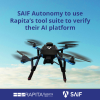 SAIF Autonomy to use RVS to verify their groundbreaking AI platform
SAIF Autonomy to use RVS to verify their groundbreaking AI platform
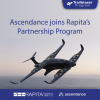 Hybrid electric pioneers, Ascendance, join Rapita Systems Trailblazer Partnership Program
Hybrid electric pioneers, Ascendance, join Rapita Systems Trailblazer Partnership Program
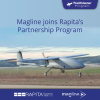 Magline joins Rapita Trailblazer Partnership Program to support DO-178 Certification
Magline joins Rapita Trailblazer Partnership Program to support DO-178 Certification
 How to certify multicore processors - what is everyone asking?
How to certify multicore processors - what is everyone asking?
 Data Coupling Basics in DO-178C
Data Coupling Basics in DO-178C
 Control Coupling Basics in DO-178C
Control Coupling Basics in DO-178C
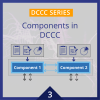 Components in Data Coupling and Control Coupling
Components in Data Coupling and Control Coupling
 DO-278A Guidance: Introduction to RTCA DO-278 approval
DO-278A Guidance: Introduction to RTCA DO-278 approval
 ISO 26262
ISO 26262
 Data Coupling & Control Coupling
Data Coupling & Control Coupling
 Verifying additional code for DO-178C
Verifying additional code for DO-178C
 XPONENTIAL 2025
XPONENTIAL 2025
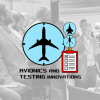 Avionics and Testing Innovations 2025
Avionics and Testing Innovations 2025
 DASC 2025
DASC 2025
 DO-178C Multicore In-person Training (Fort Worth, TX)
DO-178C Multicore In-person Training (Fort Worth, TX)










